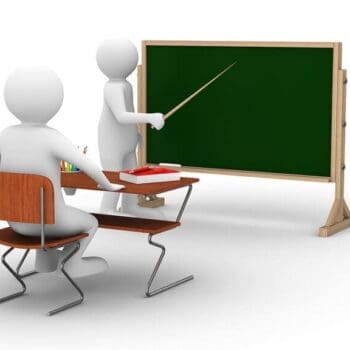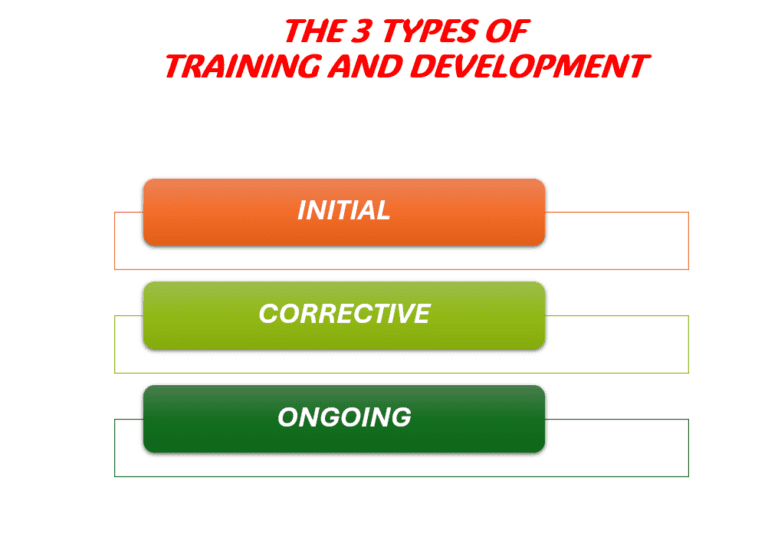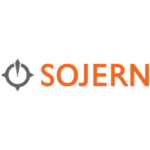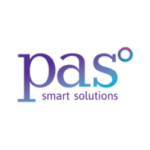 Employee training and development is very crucial in employee performance and customer satisfaction. In a previous article, I described the connection of Training & Development to Employee Motivation and Customer Loyalty.
Employee training and development is very crucial in employee performance and customer satisfaction. In a previous article, I described the connection of Training & Development to Employee Motivation and Customer Loyalty.
Training is the process of teaching an employee how to perform the tasks efficiently, effectively with the appropriate outcome in order to reach the quality standards. Training is also educating employees on required behaviours and hard and soft skills that are needed. I have been in the industry so many years and acquired skills that helped me to be able to train people on the job and in the classroom. I have been a Certified Train the Trainer Manager and I have been training employees for 8 years and students for 12 years on improving their soft and hard skills including attitudes, service skills and management/leadership skills
The training and development strategy should be based on the Standard Operating Procedures (SOP) of the organization. The SOP is crafted based on the values, mission and vision of the organization that will lead to the quality standards that the company aims to achieve. Responsible department for the T&D of employees is the Human Resources department with the cooperation with the Department Heads and Managers.
There are 3 types of trainings that are implemented at workplace as follows:
 1. Initial trainings
1. Initial trainings
The initial training should be part of the induction, since this is the first training that the new employee will acquire. This is one of the most crucial parts of training because the new employee will be introduced firstly to the company and then the values, the vision and the mission of the organization. The above attributes are part of the culture of the organisation and the presentation of the culture is essential for the new employees to understand the philosophy of the organization. Hospitality companies are spending a lot of time and efforts to instil the company’s values because this will motivate the employees and make them feel proud for the achievement of being hired by a valued company.
The next step of the initial training will be on the job, introducing the newly appointed employee to the tasks that match the job description of the position. This is where the trainer will introduce the Standard Operating Procedures (SOP), the tasks and the skills that are needed to perform the job well. This is where the new employee will learn how to accomplish the tasks and acquire new knowledge that is essential for the performance on the job.
Examples can be:
· Introducing to the Organization, culture and values
· Introducing the products and services
· Introducing to the Standard Operating Procedures
· Familiarising the new employee with the current software’s used in the organization
· Training the employee to the quality standards of the organization
2. Corrective trainings
This type of training is Ad Hoc or as needed. Leaders and managers are responsible for observing attitudes, operations and performance and take the necessary actions to correct quality standards that are not met. This training is very important for any organization because it can resolve any issues that can occur at any given time. The corrective training will improve and excel the product and service to achieve the standards of the organization and what the SOP states. Some examples can be:
· Corrective actions in service
· Corrective actions in products specifications
· Utilizing different techniques to be more efficient and effective
· Improving SOPs to match the current trends
· Utilizing customer feedback in order to achieve customer satisfaction
· Correcting attitudes and skills based on customer comments on E-platforms
· Training standards after customer complaints
3. Ongoing trainings
This type of training is implemented on preset and specific times that are arranged in advance. Those trainings help the managers and leaders to introduce new tasks and skills or refresh the ones acquired already. This will keep the quality standards high since the employees will be constantly refreshing their skills and will be introduced to new skills as well. This is crucial for an organization because it will keep the knowledge of the employees updated. Examples will include:
· Introducing a new software for CRM – POS or any other technological advancements in the industry
· Introducing a new menu to the servers
· Tasting wines in order to pair them with the new menu
· Introducing New trends
· Refreshing soft and hard skills
· How to handle complaints and resolve issues with customers
· How to exceed customer expectations
· Changes and/or additions in SOP
· Changes in the Organization
· Daily meetings with chefs presenting the daily specials
All the above trainings should be documented and reported in the employee folder so that are available at any given time to each employee but also the managers. Those training records will be also helpful when employees are being appraised for a salary raise or a promotion. Many companies would also issue certificates for all the major training that the employees go through.
The 3 above trainings are very crucial for establishing high standards, correcting issues and improving quality. There is a big need of constant training and development because the hospitality industry is evolving, therefore the employees need to be evolved too. Visionary leaders are the ones that usually initiate and follow up the implementation of the three types of training in order to achieve the company’s vision and values.
Are you a visionary leader? Have you planned and implemented the training & development scheme as mentioned above?
If the answer is NO, then this is the time you start. If YES, keep up the good work!







 1. Initial trainings
1. Initial trainings





















